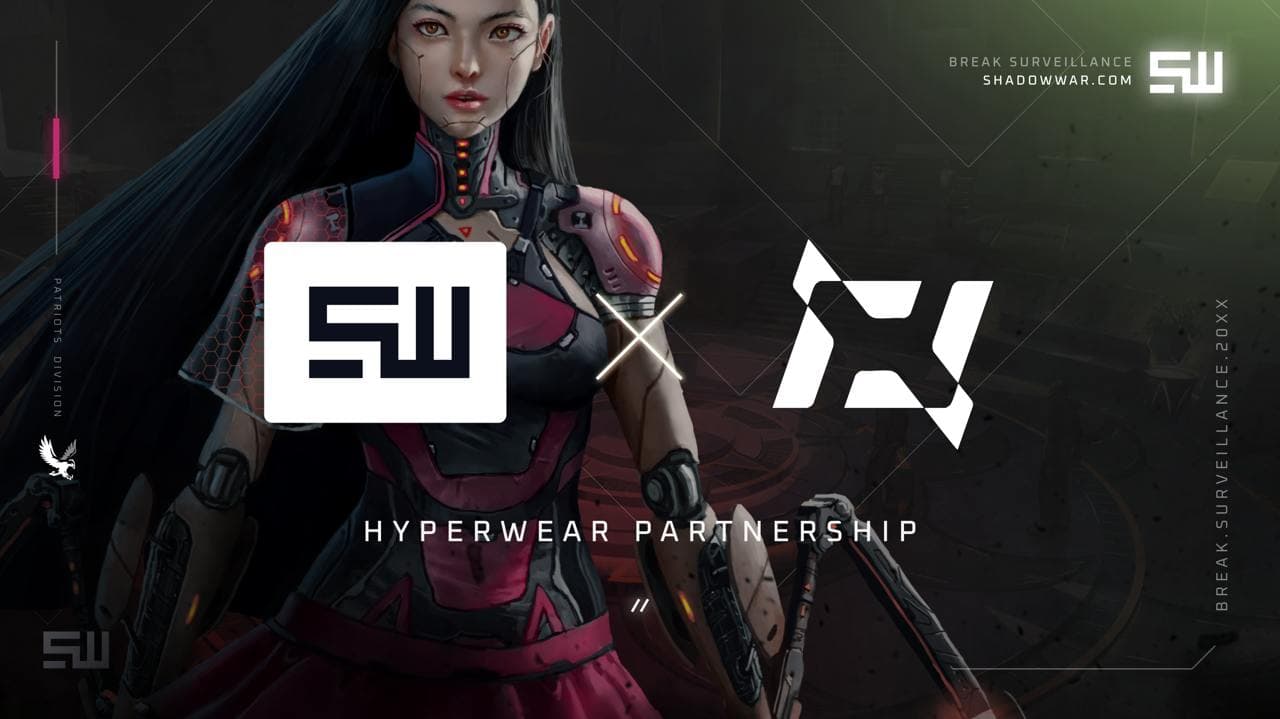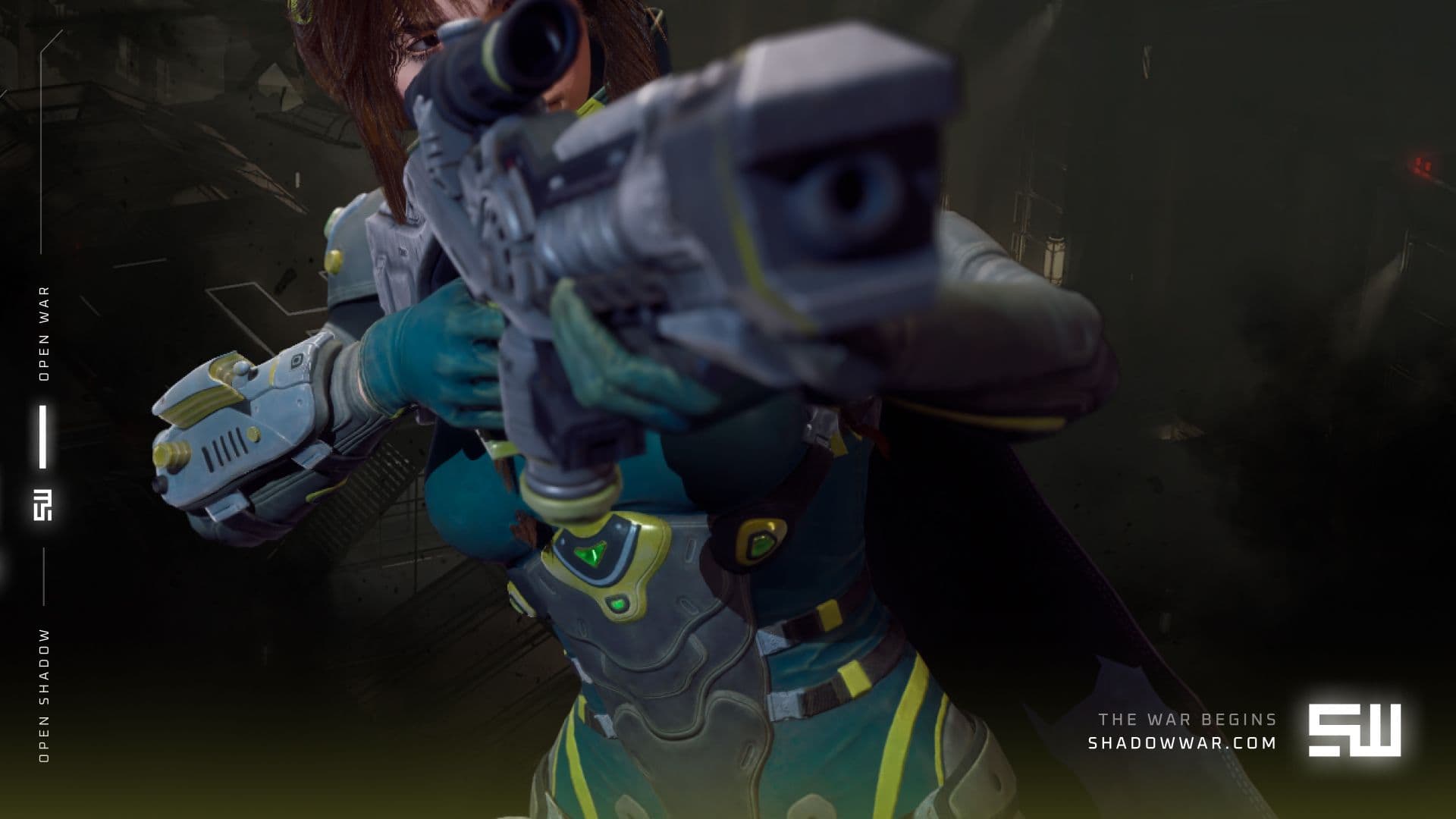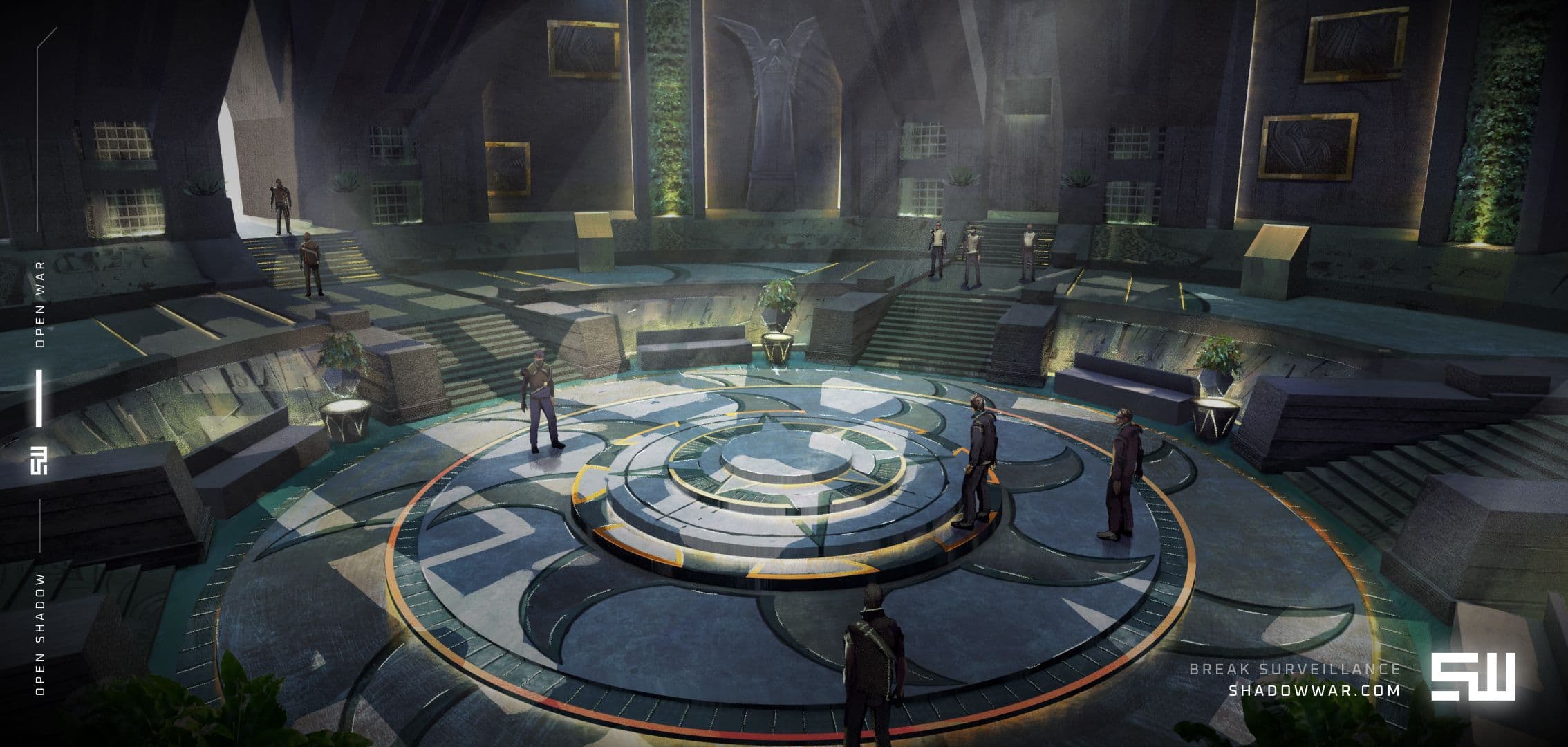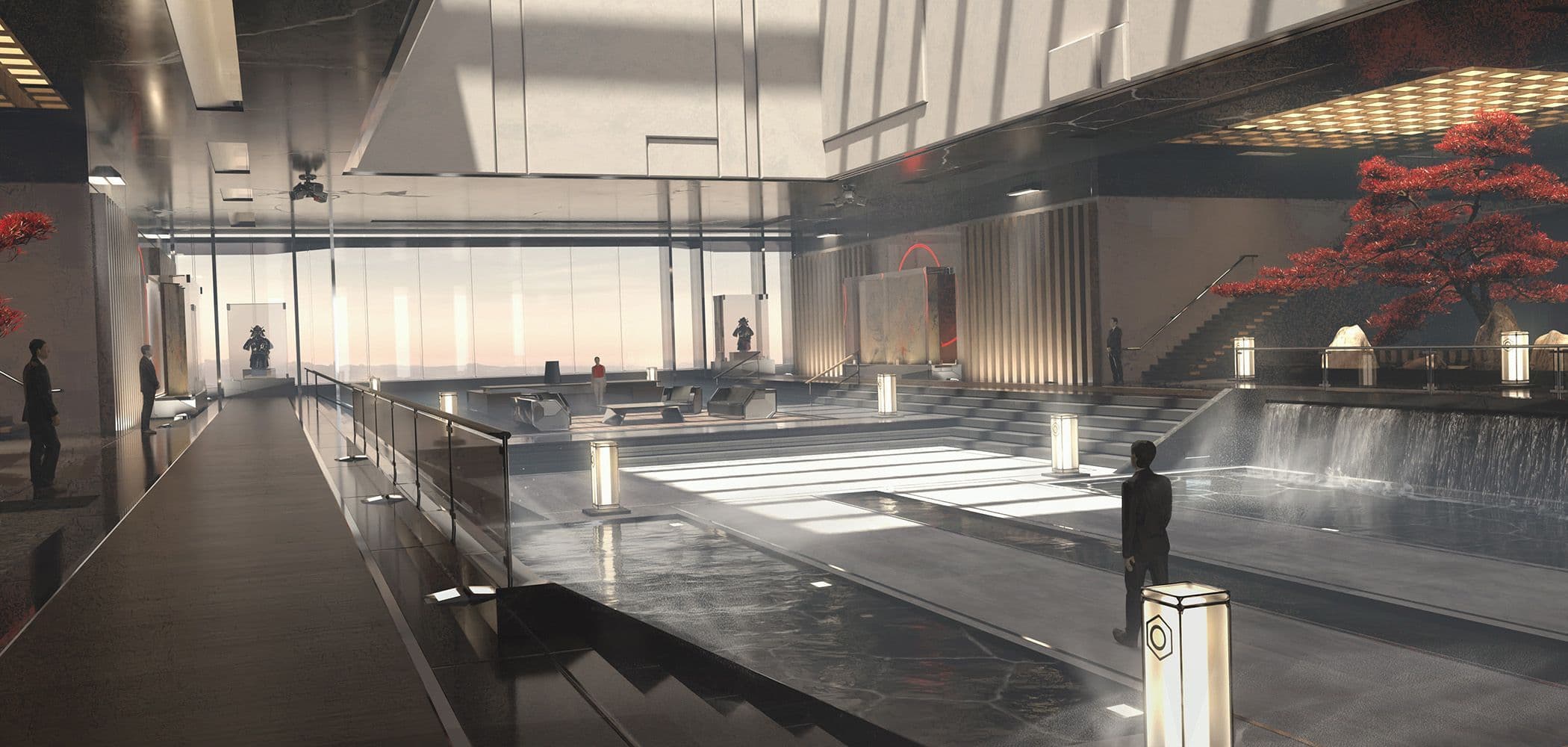
Developer Log 1 - The Game
Greetings Shadownet!
This time we'd like to share a bit with you about our design philosophy when building Shadow War. This is the first article in a series, and first we will go over some of our early decisions when making this game. Later articles will be about aesthetic choices and some of our design pillars.
When we first conceived of Shadow War, we envisioned foremost our general combat loop. We imagined black operation missions fought between elite teams who use a variety of advanced technologies, cybernetic/biogenic enhancements, borderline-magical powers, or some combination of the three to achieve victory. Mostly, we wanted to use those things to justify very stylish and active combat. We didn't want a hyper-lethal tactical shooter, but something where you could actually expect a decent brawl–something where you didn't feel fearful of turning a corner and striding directly into a fight. We are seeking to build a game akin to modern day action titles, although a toned down a tad as you will be fighting other players rather than scripted enemies.
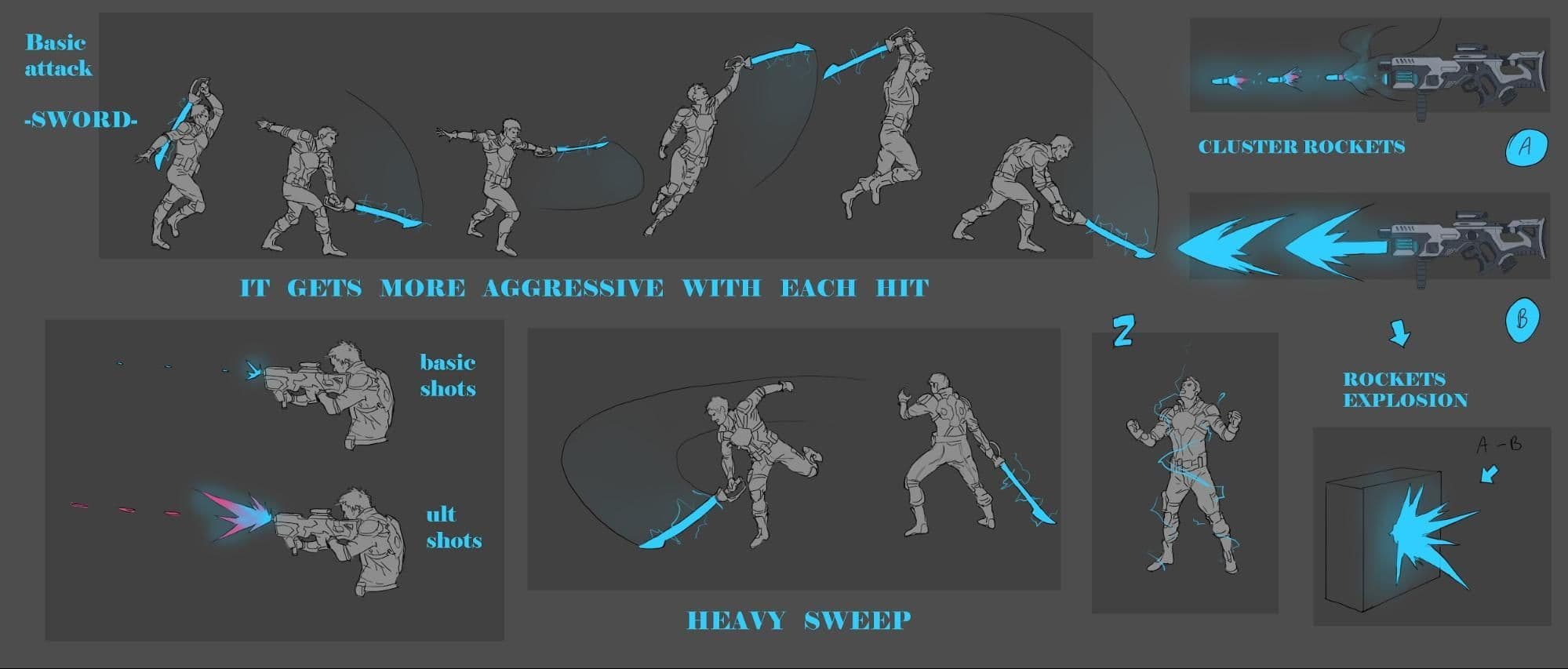
For the sake of style, although we knew we needed ranged combat, we chose to make this game primarily melee-based. This is reflected in all of our designs. If a character has a ranged weapon, they probably have some sort of melee weapon to back it up. Consider Surge, for example. Though he's our prototypical shooter character, one of the first things we conceived for him was his melee weapon. His kit is even clearly built for ranged combat foremost, as his ultimate is utterly useless with his sword drawn, yet the sword remains as a prominent part of his design and his kit provides a hefty amount of melee support. Even Surge, who should spend most of his time in the back line providing ranged fire for his team, should be able to execute some stylish melee combos, and melee is by far the more effective strategy when in close quarters. There is so much more room for personality in melee combat compared to ranged combat, and thus melee is what we choose as our core combat loop. Of course, Surge will spend most of his time at range - and his team will appreciate the firepower - but even he will have to take up the blade sometimes.
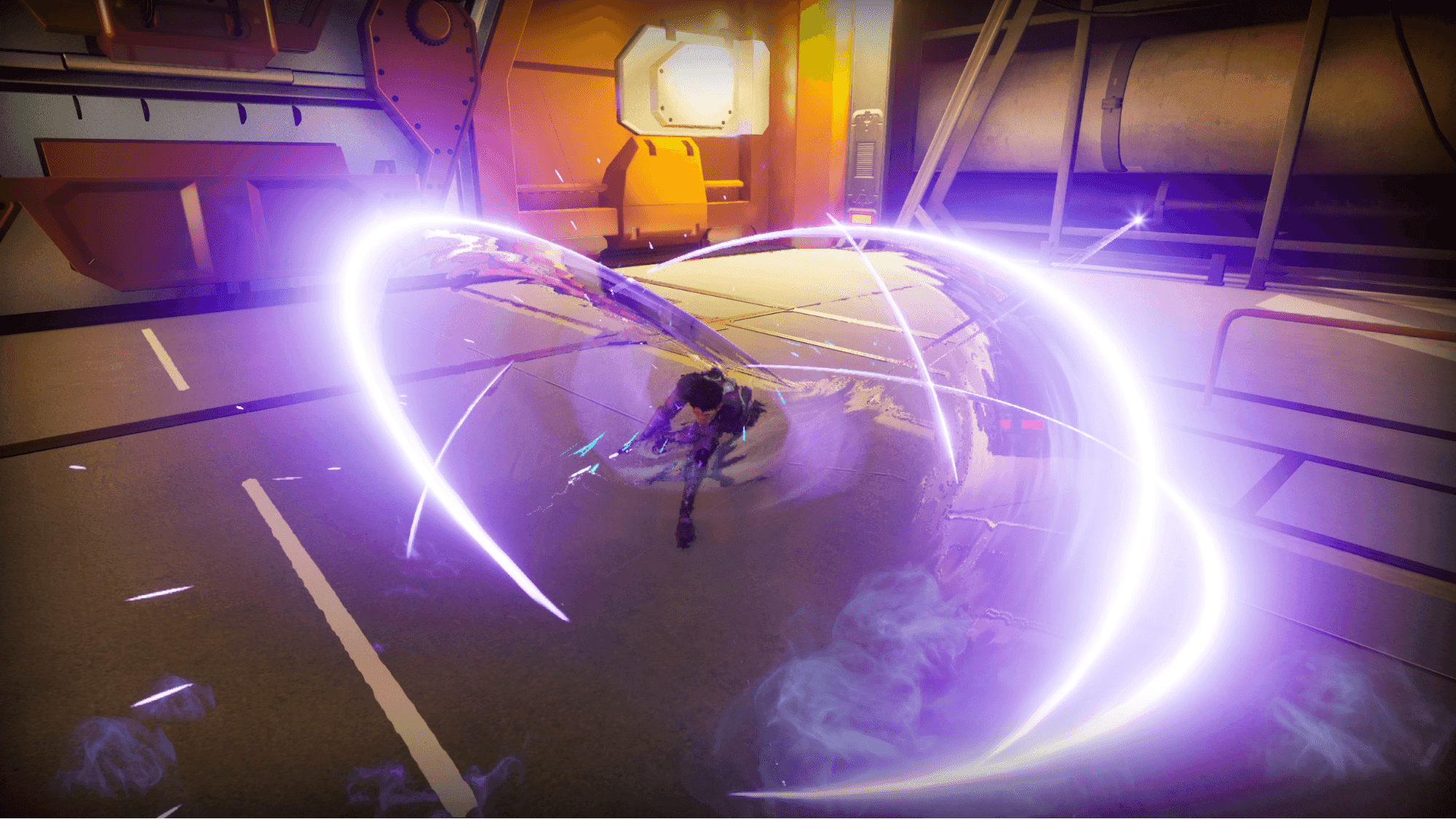
Next was our choice of camera perspective. We debated a tad between first- and third-person, but ultimately we felt third to be more appropriate, for it allows a player to observe a whole combat unfold. They see not only their foe’s attacks against them, but their own in response. When playing Shadow War, one is able to fully enjoy the design and combat style of a character. It is our goal that players may take pride in more than simple knife skins and generic slashes.
Beyond the aesthetic considerations, we also felt that third-person is much easier to get into. When checking footage from a variety of games, we found that high-level footage from first-person games could often be a bit disorienting. To truly thrive in such games, it is necessary to be able to quickly process your surroundings and constantly look around to maintain situational awareness-thus, skilled players in these games are very fast at that. One of our developers described footage of a skilled Apex Legends player as "whiplash-inducing." By contrast, a third-person perspective provides far more information and thus players can focus on other fundamentals of the gameplay instead.
Finally, our time-to-kill (TTK) was another important thing to establish. Although squishier Shadow War operatives can die in a second or less if they do nothing to defend themselves, we aim for a TTK of 5 to 15 seconds in most cases. Such a window not only allows ample time for a player to retaliate, but also ensures that players frequently utilize their operative's entire toolkit while fighting. Additionally, when one is secure in the knowledge that they will not die for simply turning a corner, it is far easier to take risks and seek out the action. We do not want Shadow War to become a highly-lethal waiting game.
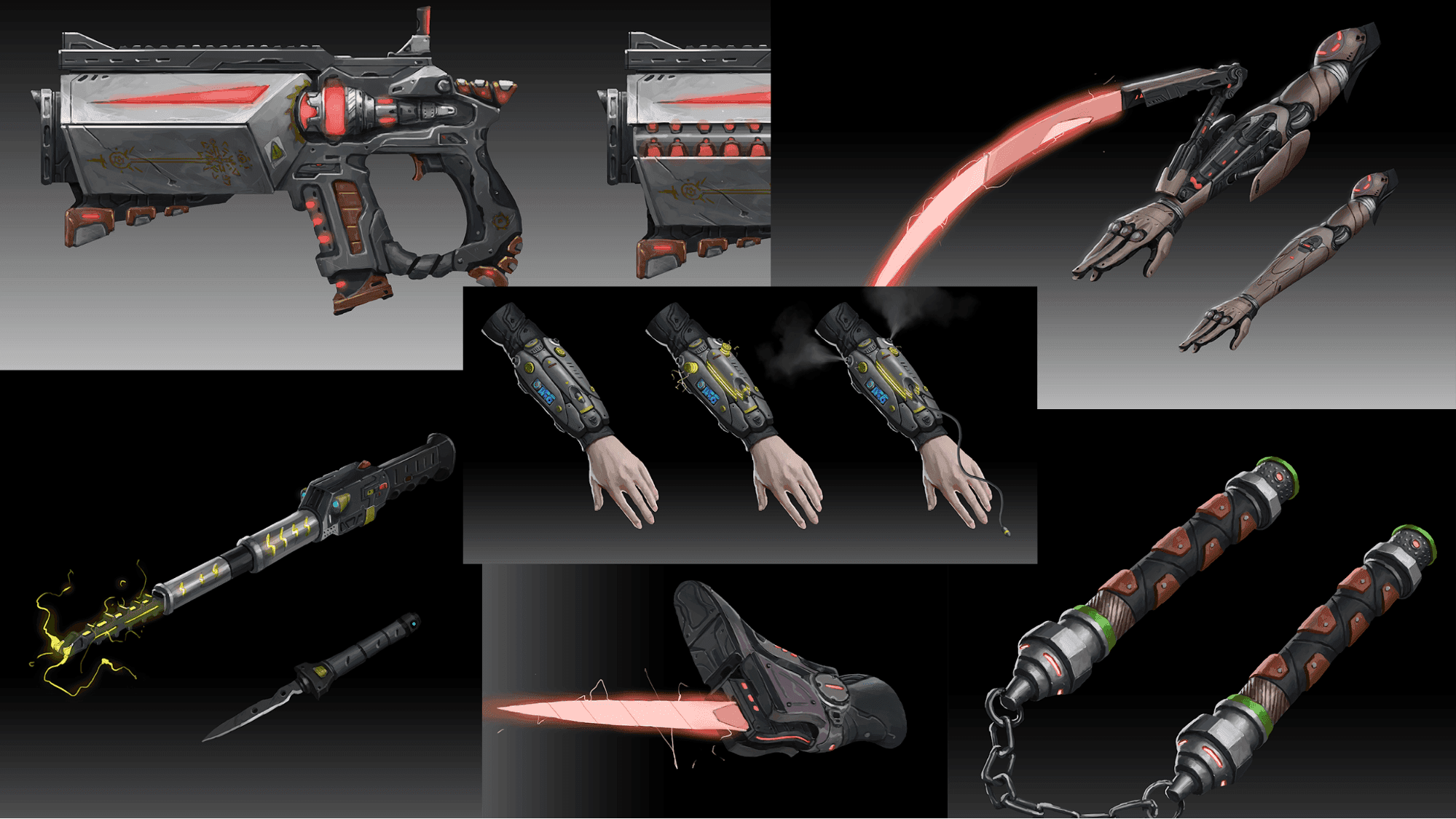
Funnily enough, the TTK influenced and is influenced by the lore of the game. Our triad of technology-cybernetics-magic (I know cybernetics is technology but I mean shield generators, power armor, combat computers, etc) was actually a means to justify this. When your defenses allow you to shrug off attacks which would kill a normal human, combat becomes a lot more protracted and brutal. This also is how we justify melee combat in this game, as there isn't much reason to engage hand-to-hand when you can simply dispatch somebody with a single bullet. When a bullet has to go through an energy shield, an armor plating, and a superhuman physiology, the odds of a kill go down dramatically.
Next time we will discuss how "magic" works in Shadow War and how it influences our aesthetic choices.
